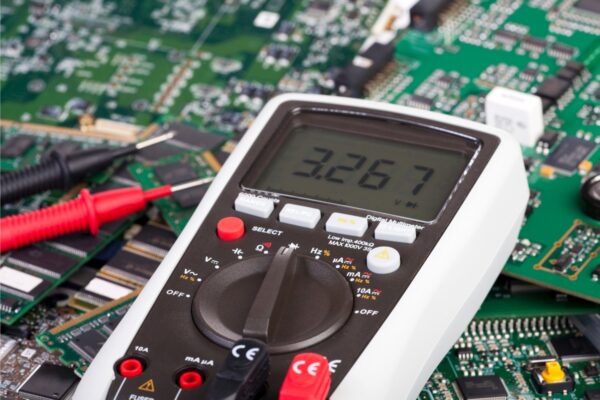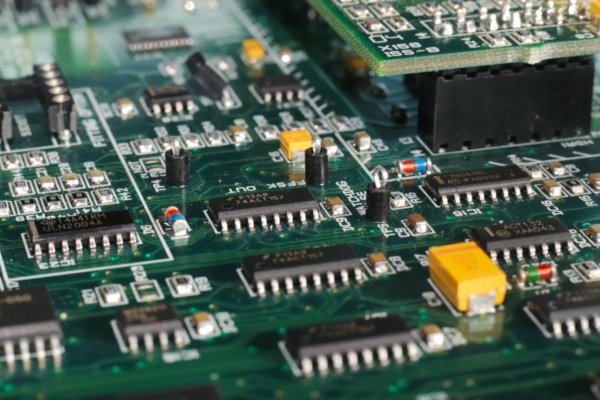What is Dendrite
Dendrite, in the context PCB, refers to conductive metal fragments or filaments that can form on a circuit board. These dendrites are typically a result of ionic contamination and the application of a direct current voltage bias. When present on a PCB, dendrites can cause various issues, including short circuits and failures.
Dendritic growth occurs when the conductive solution on the PCB is affected by the voltage bias, leading to the formation of branching, tree-like structures. These structures can rapidly emerge through pinholes in the PCB mask, allowing for fluctuation. When dendrites come into contact with each other, they can create unintended connections, resulting in short circuits and potential failures.
Dendrites are closely related to electrochemical migration, which involves the movement of ions in a dielectric material. As dendrites originate from ionized particles, they can disrupt the intended flow of currents in the PCB, leading to performance issues and potential failures.
To mitigate the formation of dendrites, it is crucial to minimize ionic contamination during the manufacturing process and ensure proper insulation and protection of the PCB. By addressing these factors, the risks associated with dendrite formation can be reduced, enhancing the reliability and performance of the PCB.
Frequently Asked Questions
What Causes Dendritic Growth on Electronics
Sometimes, dendritic growth can occur on PCBs, which are utilized in the production of electronic devices. This rare phenomenon is caused by specific conditions, such as high humidity, voltage bias, and ionic contamination, that are present during the flow of electricity.
How Do Dendrites Form in Electronics
Lithium dendrites are created when there is an accumulation of excess lithium ions on the surface of the anode, which are unable to be absorbed into the anode quickly enough. This occurrence can result in short circuits, potentially leading to severe failures and even fires.
What Are Examples of Dendrites
Non-neuronal dendrites encompass dendritic cells and specific skin cells such as melanocytes and Merkel cells. These non-neuronal dendrites, like neuronal dendrites, are extensions of the cell’s cytoplasm that branch out. Additionally, it is worth noting the presence of axons.
How Do You Stop Dendritic Growth
Reducing the concentration of plating current density is an effective method to prevent dendritic growth. While the plating rate is influenced by the applied current density, ensuring a uniform distribution of flux can greatly inhibit the formation of dendrites.





